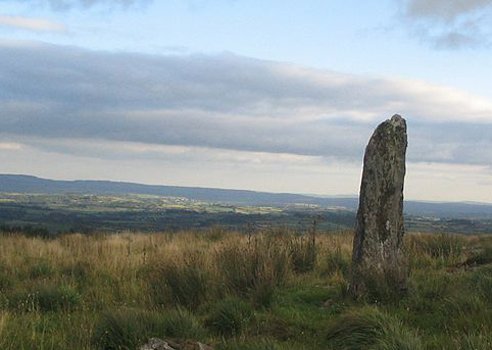Reading time: Less than 1 minute
Increase your vocabulary and you’ll make your writing much more precise. That’s why I provide a word of the week. Today’s word: menhir…
Most of us have vocabularies that are highly specific. They often reveal the places in which we live.
Circular intersections were first developed in Europe, for example, but they migrated to America and acquired new regional names. Most parts of the western US and Canada call them “roundabouts,” whereas in the Southeast and Mid-Atlantic, they’re “traffic circles.” And in parts of New England, they’re “rotaries.”
You say potato, they say po-tah-to.
Before reading Stefan Hertmans‘ impressive novel The Convert, I had never heard the word menhir. Here is how he used it.
Here and there they stumble upon a menhir and don’t know what to make of it.
I wasn’t sure what he was talking about but, with research, learned the word refers to a large man-made upright stone, typically dating from the European middle Bronze Age. The unidentified stone in the photo above, for example, is found between the town of Millstreet and the village of Ballinagree, in County Cork, Ireland.
This, of course, explains why I had never heard the term. There are no menhirs in Vancouver, where I live, and, in fact, none in North America at all. They are found in Europe (particularly Scandinavia), Israel, Iran, India and Africa. You can see a complete list of where they may be found, here.


